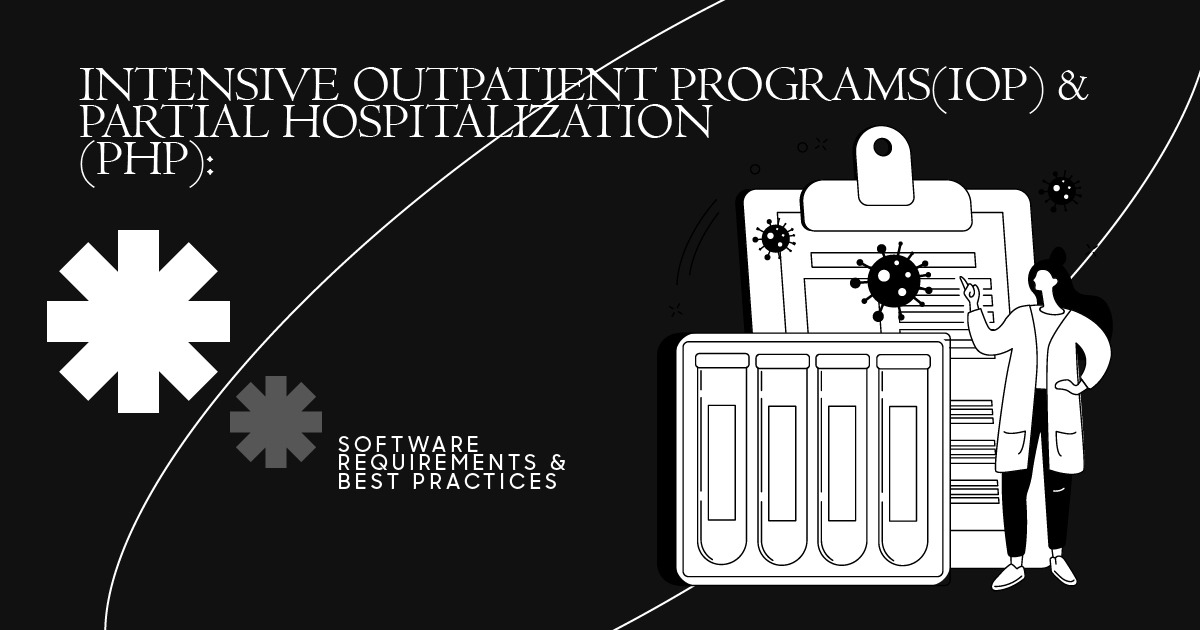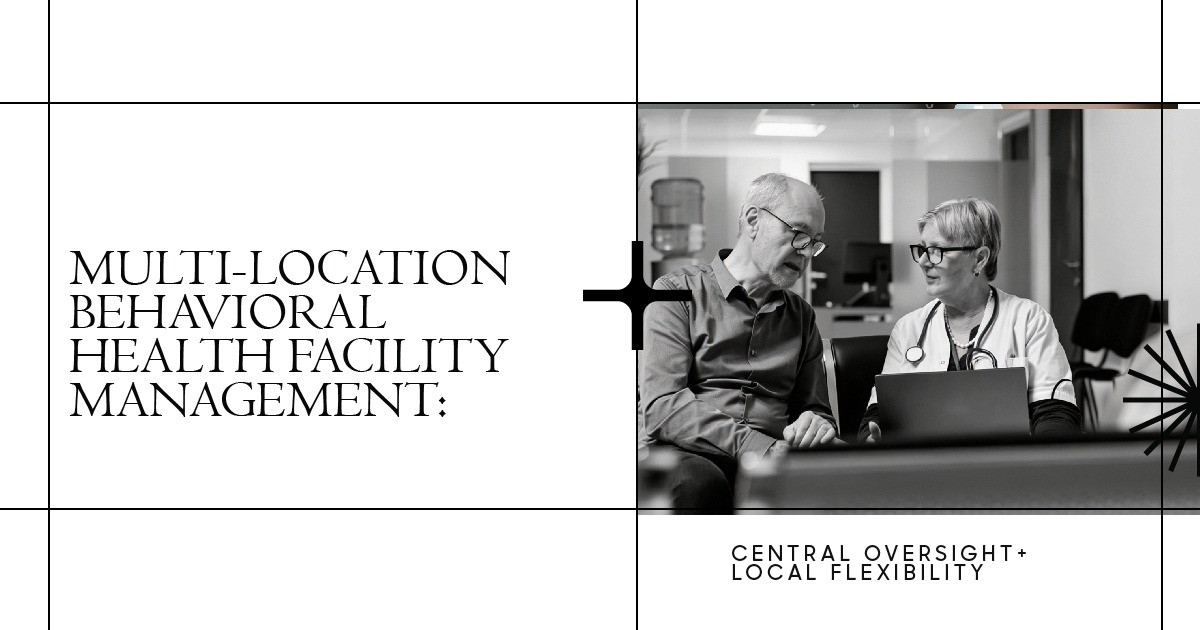Workers’ mental health and general welfare are receiving increased attention from a growing number of company executives and HR specialists. Despite this, many employees still hesitate to report mental health difficulties to their supervisors. This is primarily due to their fear of jeopardizing their professional reputation or causing new troubles. Learning the issue is one thing; understanding how to support those experiencing mental health issues and inspire good well-being is quite another.
Human Connection Is Essential For Happiness
It is possible for employers to leverage the power of simple human connection to prevent mental health concerns in the workplace. Nobody is to blame for mental illness. Nobody chooses to be anxious or depressed. Occupational stress can be managed and minimized with the correct remedies.
Those who have a colleague or friend at work are seven times more likely to be engaged and productive than employees who do not have a colleague or friend at work. People with mental health issues at work can benefit from our ability to smile, laugh, and communicate with our coworkers. They could be bosses or coworkers.
How to Deal with Employees with Mental Health Issues
When selecting how to manage employees with mental health issues, numerous crucial elements must be considered. There is no “one-size-fits-all” solution, but the advice in this article can help you determine the best course of action and create a helpful culture.
Making the workplace a safe place for employees to be candid about their feelings includes eliminating the stigma associated with mental illness. This could greatly impact other crucial areas, such as flexible working, performance management, and extended resources.
1. Gathering Information
You will be able to deal with the situation more successfully if you completely understand what the unstable employee is going through. To know how to proceed, you must first identify whether the individual has a mental illness that is causing their instability. Examine to check if a proper diagnosis has been made. Other times, the worker is dealing with a stressful situation at work or at home, which causes emotional or mental instability. Make a note of every interruption you witness at work to establish a behavioral history. Take note of the date, hour, and circumstances around any incidences of employee outbursts, violence, or other unfavorable interactions with her coworkers.
2. Help the Mentally Unstable Employee
If the unstable employee recognizes your willingness to help him, he may be more open to your efforts, especially if he receives expert help on the side. Set up a regular check-in with the employee via a meeting or monitoring system. Another method for assisting him is to provide instruction or information to the rest of the employees on how to deal with the employee. You help other employees understand how to communicate with him, which helps to reduce confrontation.
3. Create a Fictitious Water Cooler Moment
The human element of our work has suffered as a direct result of our decision to perform most of it from the comfort of our homes, but that does not mean it has to go entirely. Conversation over coffee is still feasible, but only through a computer screen. Begin by committing to connecting with coworkers online, away from work-related conversation, even if it means foregoing the intimate touch of eye contact.
Social circles impact the favorable work environments we create, promoting productivity and mental health. Human connection improves general performance and morale in addition to the coworkers watching out for help.
4. Make Yourself a Great Listener
Contrary to popular belief, a mental health strategy does not require free mental health counseling and yoga courses. While many employees will naturally benefit from these advantages, they might put financial pressure on firm budgets. Instead, harness the power of listening to manage employees who are dealing with mental health issues.
It is possible to listen through the employees’ line managers, senior managers, or coworkers. The possibility that an employee will feel compelled to discuss their mental health issues is determined by the following factors:
- What instruments do I have at my disposal?
- Will my employer assist me?
- How accommodating is my workplace to mental health issues?
Active listening to employees not only helps to de-stigmatize mental health concerns at work, but it also catalyzes prevention. Employers are not psychotherapists; therefore, employees should not expect them to monitor or understand every mental health issue. As a result, neither management nor employees should place anyone under any pressure to take up this job at work.
Listening with empathy, on the other hand, is a critical component of a workplace health strategy. Encourage everyone in the office to be ready to listen to a coworker who is experiencing stress or mental health issues. This enhances workplace connections and gives managers a better understanding of employee well-being.
5. Maintain a Positive Attitude
When dealing with a mental health crisis, it is difficult to see and think clearly; hence the individual may be self-critical. They may have received unsatisfactory performance evaluations or missed deadlines. However, as a leader, it is critical that you focus on the positive aspects of the situation.
Employee motivation weakens when depressed or anxious since so much of their energy is dedicated to survival. Instead of instilling fear in them by explaining the negative consequences of an incomplete project, check in with them and explain the advantages of completing a task.
Remember why you hired them. Concentrate on the chores they excel at and play to their strengths during these times. They most likely prioritize tasks in which they excel. When employees feel valued and beneficial, they are more motivated to finish duties, which can lead to higher productivity and a happy team.
Takeaways
The best course of action is prevention rather than cure. To successfully manage people with mental health issues, the key is creating a positive and enjoyable work environment. Toxic workplaces are havens for stress and mental illness. Be upfront and honest with your employees because doing so allows you to learn more about them and fosters productive workplaces.




